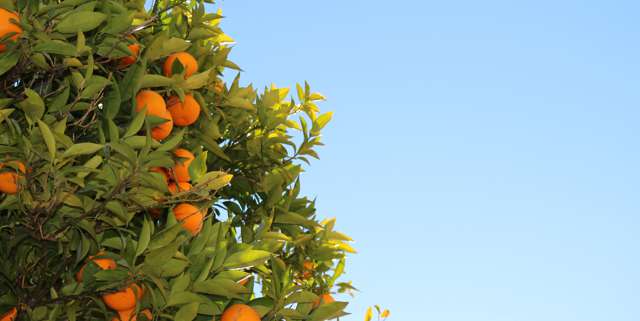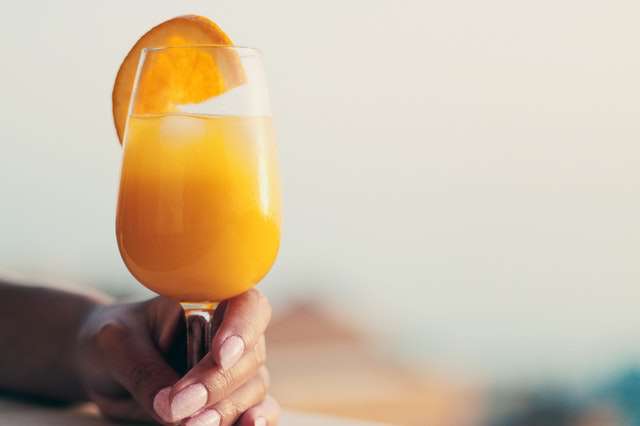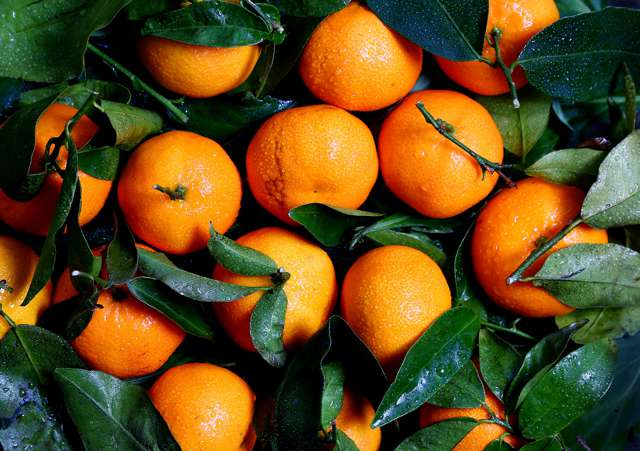Spectrophotometers Assess How Orange Oranges Are
So what is the most desirable color of a juicing orange? The fine folks at the United States Department of Agriculture (USDA) has furnished an answer. In 1983, the USDA combined all previous references into a color scale for orange juice with six gradations, the first grade being the most desirable.3 Orange juicers can compare their products against this scale to see how well they rank. It is possible to order a set of six graduated cylinders from the USDA, each one corresponding to one of the grades. Orange juicers can then visually compare their products against the color of the liquids in these cylinders. Of course, there’s also a much simpler, more accurate method: spectrophotometric analysis.
Using a spectrophotometer eliminates the necessity of ordering the USDA’s graduated cylinders. Instead, color standards for orange juice can come pre-programmed in the instrument, allowing for greater specificity than is possible via visual inspection and ensuring the highest degree of grading accuracy. In fact, HunterLab spectrophotometers were used by the USDA to develop and define their color standards in the first place.4
Spectrophotometers can fill multiple niches within an orange grove’s operations. They have immediate applications on the juicing floor, helping ensure juice products meet color quality standards for their grades. However, these instruments can also be useful in improving a grove’s agricultural output. Spectrophotometers can be used both by farmers and agricultural corporations to analyze the groves on their land as well as by agricultural researchers to study the factors that influence the color of oranges on a worldwide scale. Armed with this knowledge, orange grove operations can adjust their growing practices as necessary to produce a superior yield.
The HunterLab Difference
At HunterLab, we’ve been working with the orange industry for decades to develop the highest quality color measurement instruments. Our technologies and expertise have made us a trusted name in orange agriculture, and we’re proud to continue in this tradition. We have a complete range of spectrophotometers engineered to analyze juice color, and our ColorFlex EZ Citrus spectrophotometer was designed specifically to measure the color of orange juice concentrate. Contact us to learn more about how the ColorFlex EZ Citrus or our other instruments can improve your orange operation.





